Laboratory Electronic Balance
With its high accuracy, stability and digital display features, the balance has a wide range of applications in scientific research, industrial manufacturing, health care, food industry and many other fields.
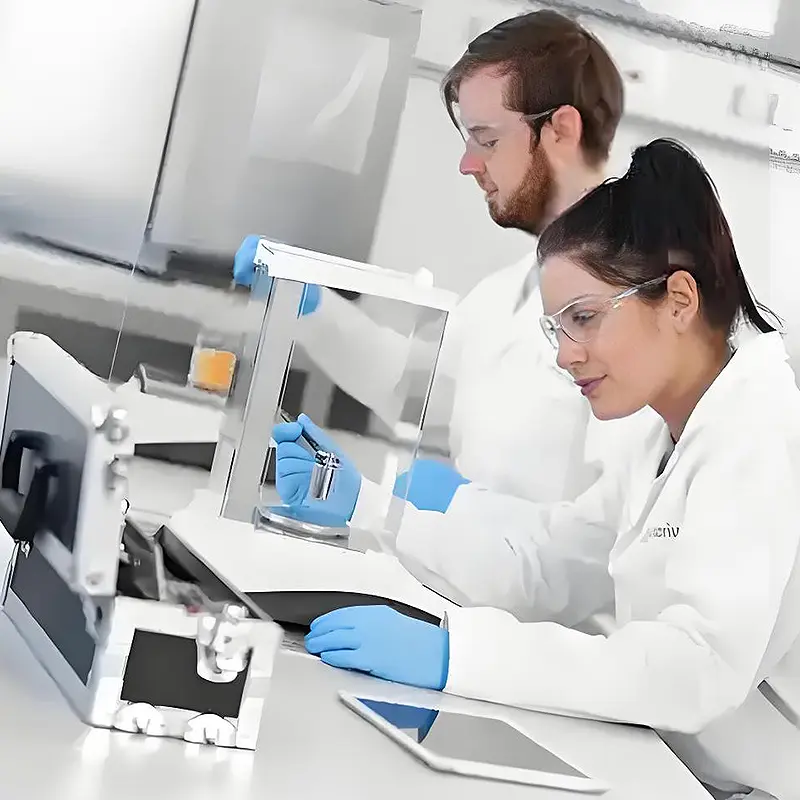
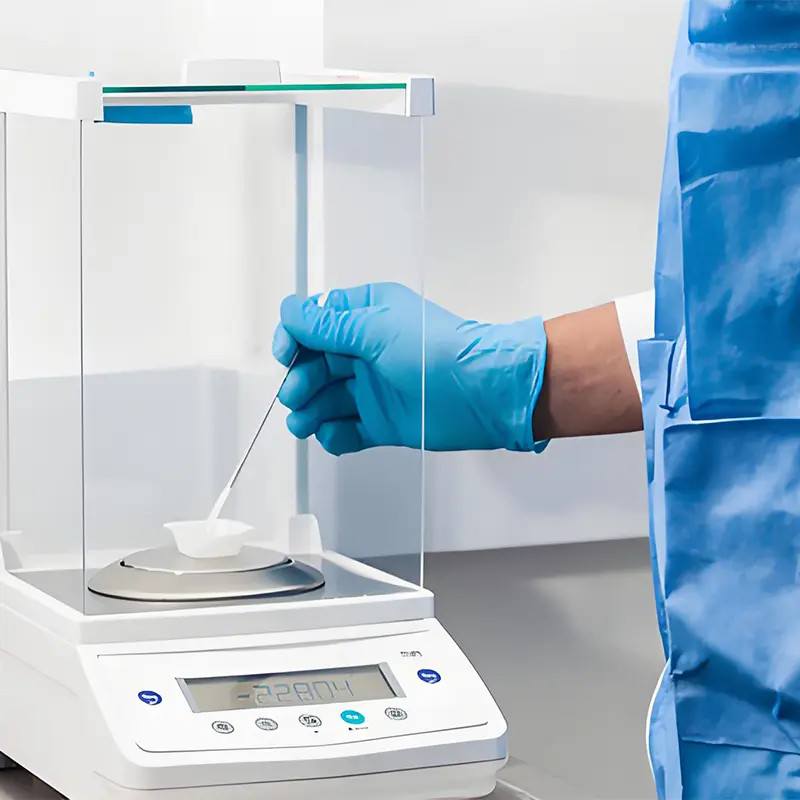
1. Scientific research field
Chemical and elemental analysis: The balance can be used to weigh tiny samples, such as particles, cells, molecules, etc., to meet the requirements of chemical and elemental analysis for high precision.
Physical and biological experiments: In physics and biology experiments, the balance can be used to measure the mass of objects to ensure the accuracy of experimental data.
Research and development of new materials: In the research and development of new materials, accurate mass ratio is the key to successful experiments. The scale can provide accurate weighing of raw materials and help scientists to develop new materials.
2. Industrial manufacturing field
Measurement of small parts: In industrial manufacturing, scales are usually used to measure the weight of small parts to ensure product quality and accuracy.
Quality control and inspection: Balances can be used for quality control and inspection of industrial products to ensure that products meet weight standards.
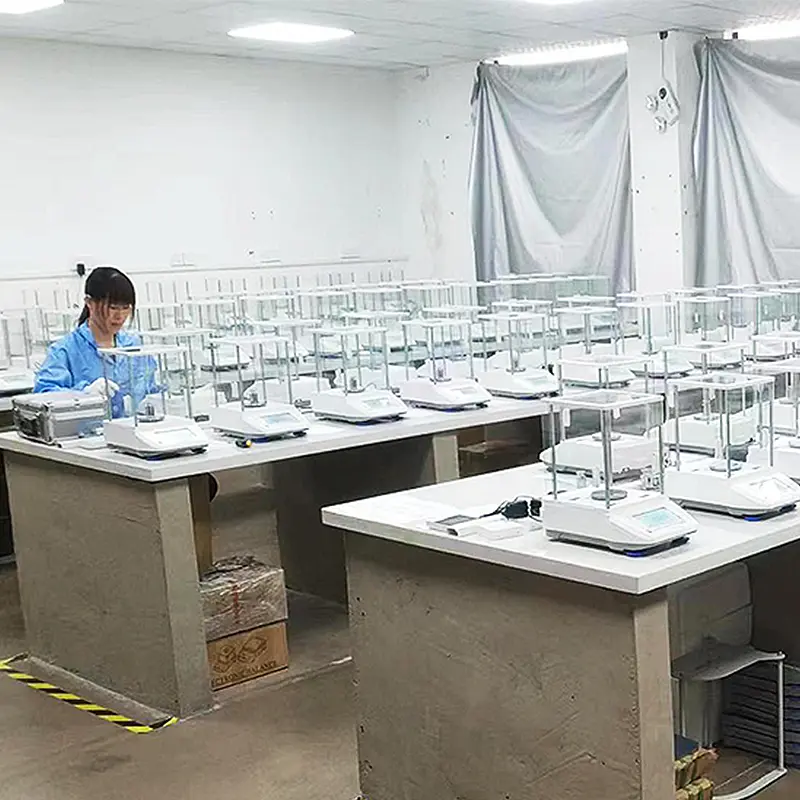
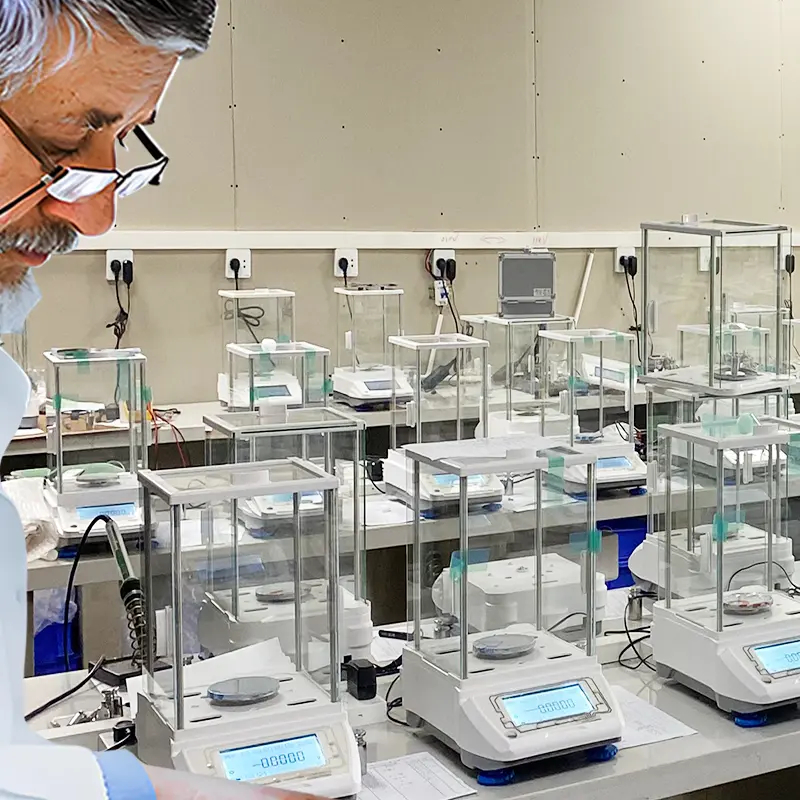
3. Healthcare field
Pharmaceutical weighing: In pharmaceutical manufacturing and quality control, balances can be used to weigh pharmaceuticals to ensure accurate dosage.
Medical equipment calibration: Balances can also be used in medical equipment calibration to ensure the accuracy and reliability of medical equipment.
4. Food Industry
Food processing and R&D: In food processing and R&D, the accuracy of recipes affects the taste, nutritional content and health of consumers. The use of scales can accurately measure raw materials to ensure the quality and safety of food.
Food quality testing: Balances can be used for food quality testing to ensure that the food meets the weight and composition standards.
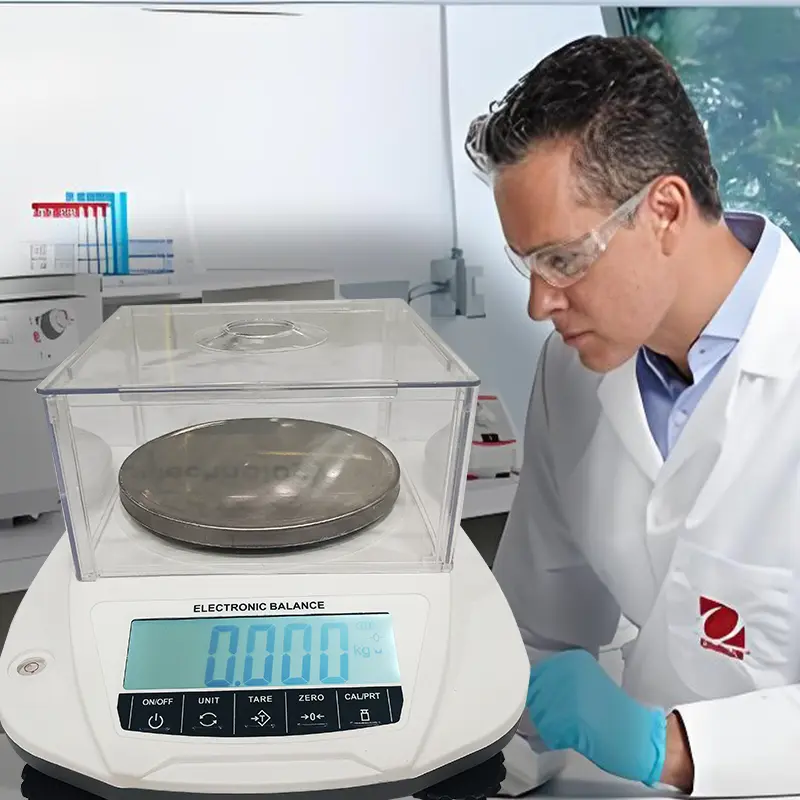
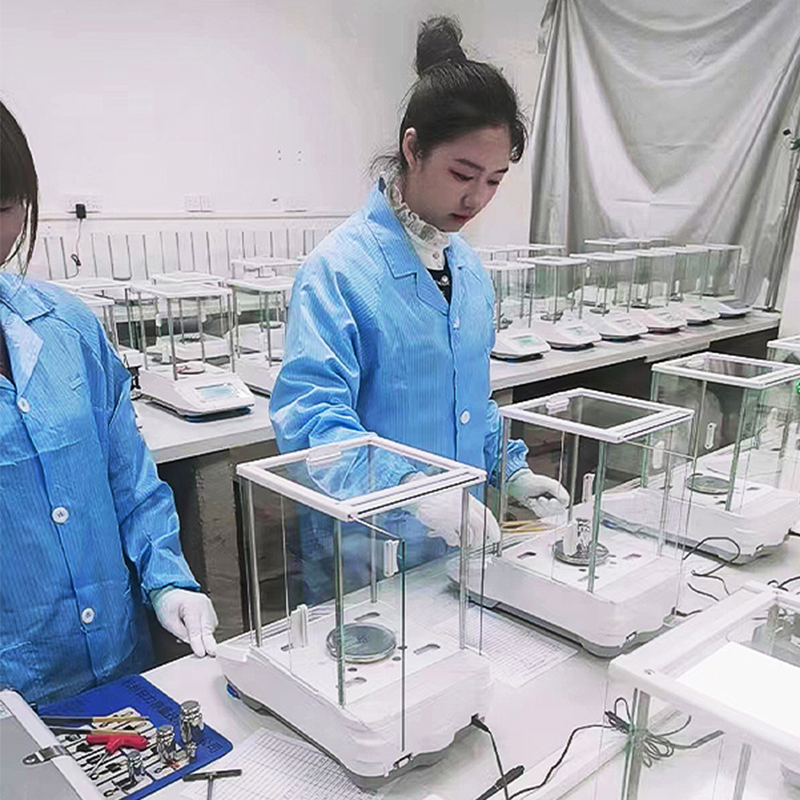
5. Other areas
Jewelry: In jewelry production and appraisal, scales can be used to measure the weight of jewelry and assess its value.
Environmental monitoring: Balances can also be used for weight measurement in environmental monitoring, such as soil density measurement.
Education and training: In education and training, balances can be used in classroom experiments and skills training to help students and trainees understand the principles and methods of quality measurement.
